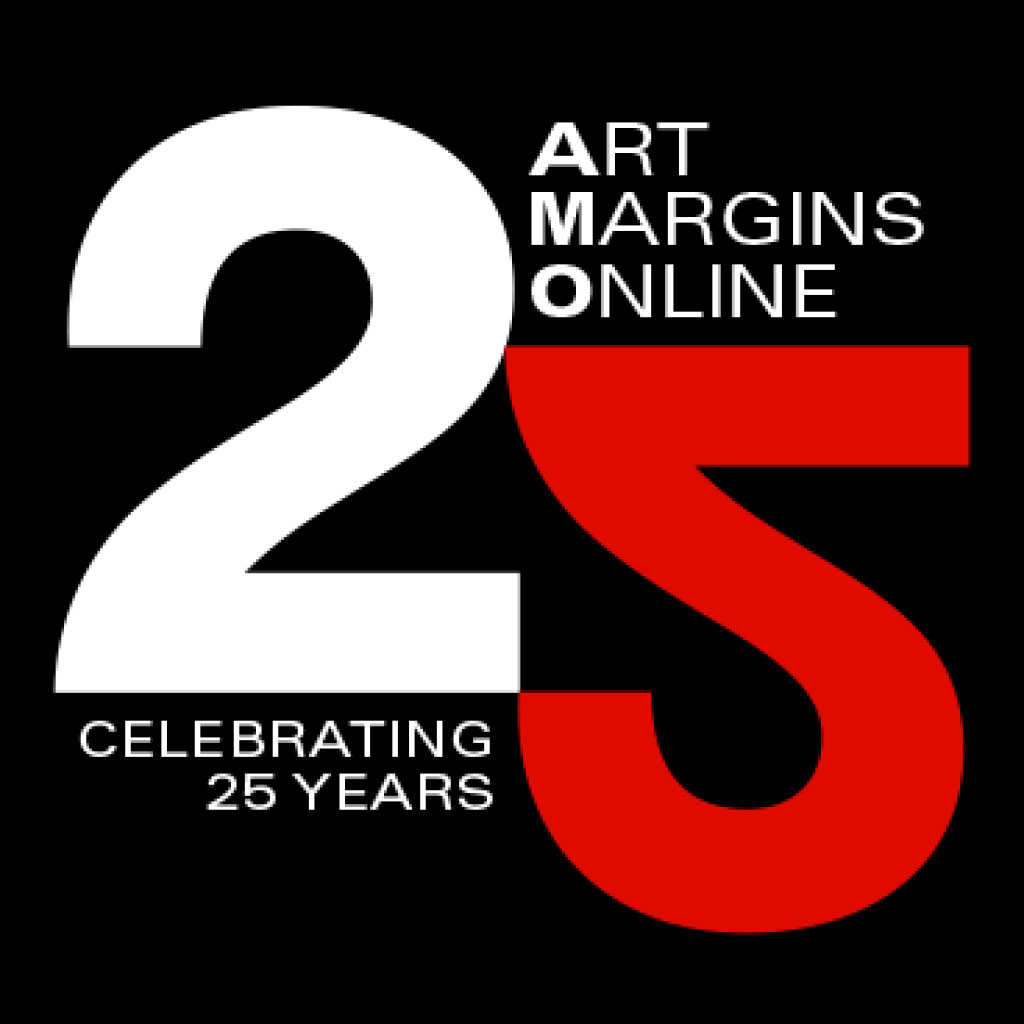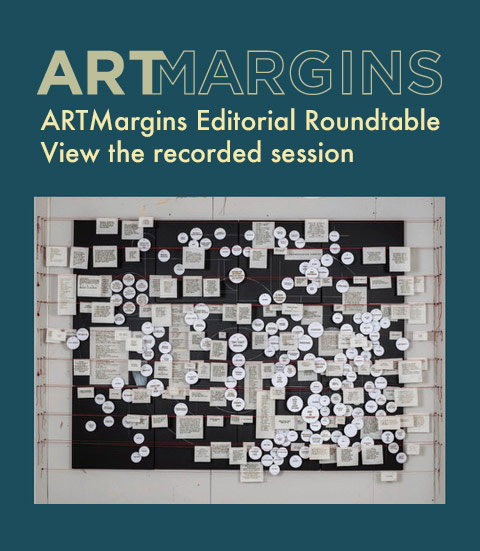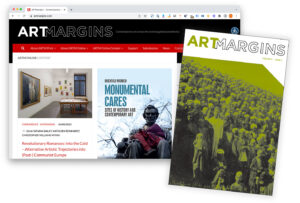Stuckism (A Conversation)
In this text, which takes the form of a conversation and is preceded by a short introduction, the ARTMargins collective seeks to draw the readers’ attention to a global artistic community known as Stuckism. The contribution highlights some of the most conspicuous issues raised by the Stuckists. For more than a decade Stuckism has critiqued the mainstream contemporary art world, accusing it of being at the mercy of global speculative capital; Stuckism also questions the mainstream aesthetics of conceptualism and its insistence upon de-materialized artistic practices. Instead Stuckism calls for respect for traditional or fine arts media, providing in the … Read more




